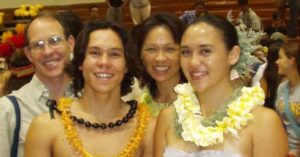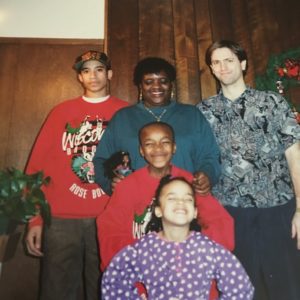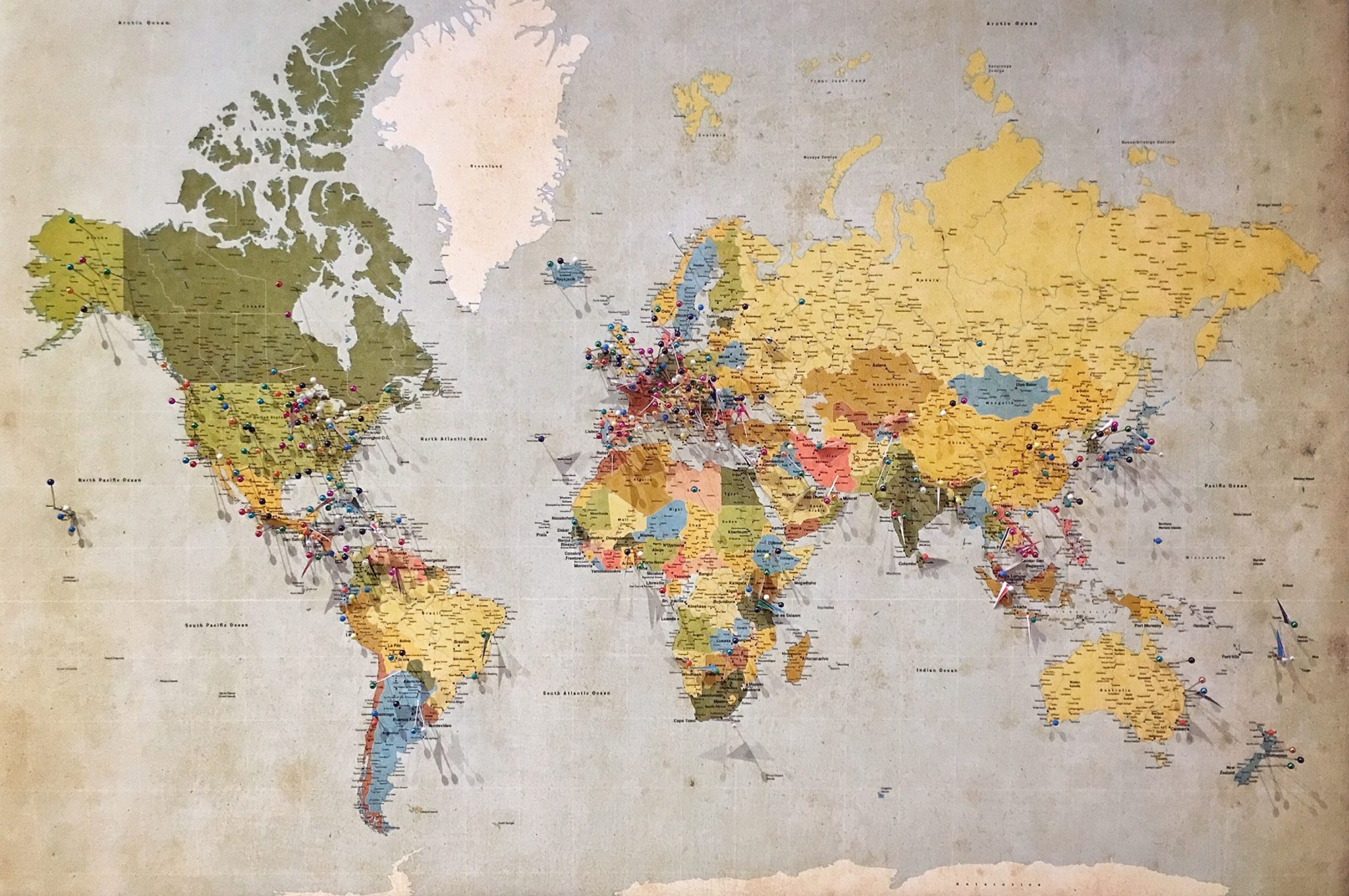Recently, our communications team completed the Storytelling for Change course, a free eight-week online course led by global changemakers +Acumen. We expected to learn strategies to better communicate with the public, but we walked away with so much more than that. We ended up with a stronger understanding of our own personal stories and how those stories impact our interactions in the workplace and our perceptions of the world.
One of the most valuable tools we received from the course was a life mapping exercise. Lauren and I thought long and hard about each of our journeys from childhood to the women we are today. What pivotal moments shaped us and made us want to create strong, inclusive communities?
After we drew out detailed road maps of our lives, we each picked one moment that we felt was a turning point in shaping our identities. Turns out, the fourth grade is a critical time for coming-of-age, as we both chose to talk about our eight-year-old selves.
To whom much is given, much is expected

Lauren’s journey took her back to a serene chapel in her school in Hawaii where she learned the concept of Kuleana, “to whom much is given, much is expected.” Recognizing that she came from a background of opportunity and privilege, Lauren has lived her life with the intention to use that power to create a world of balance, responsibility, and righteousness. Being of Native Hawaiian, Chinese, and Irish descent, Lauren has the distinct experience of living in the ‘tweens–between Indigenous, Asian, and White. This has proven to be a major asset in the impact investing space, which exists in between investing and philanthropy, and in our role as an intermediary between often-White investors and communities of color.
Recognizing inequalities in a segregated city
My life map took me back to growing up in Milwaukee, the most segregated city in the US. The daughter of an African American woman from Louisiana and a second generation White German immigrant, like Lauren, I’m also familiar with the experience of navigating two cultures. However, in the fourth grade, I had my first glimpse into the true inequality in my hometown.

I had the opportunity to participate in the Chapter 220 program, an effort to integrate suburban schools by busing kids in from the city of Milwaukee to the suburbs. Being plucked out of my lower-middle-class neighborhood and placed in a school in a wealthy suburb, I was able to see firsthand the disparities that can persist between two ZIP codes only a few miles apart. As I made the daily commute from the Northwest side of Milwaukee to the village of Menomonee Falls over the next eight years, the stark contrasts in these two communities sharpened. I developed a desire to change the stubborn institutional systems that keep so many bright and talented individuals from succeeding simply because of where they are born.
Understanding each other as humans
Completing the life mapping exercise as a team and hearing everyone’s story was a moving experience. We knew our team had racial and gender diversity–we’re 75% women and 50% people of color. But the unique life experiences that led each of us to Mission Driven Finance truly amazed us.
Louie shared his story of growing up as a Vietnamese refugee in Oklahoma, and finally not feeling “othered” for the first time after relocating to Japan. Carrie reflected on growing up in North Carolina and how the concept of place profoundly shaped her own identity as well as sparked her desire to understand how where we live impacts our individual life experiences and influences how we build communities.
Knowing where we all came from beyond the bullet points on our resumes created a breadth of understanding of each other as humans. It validated the unique qualities we each bring to work every day, which will allow us to truly tap into the diversity of our team. More and more companies are realizing that the full benefits of diversity cannot be reached by simply having women and people of color in the room–they must be empowered to bring their full selves–with the personal and professional life experiences, culture and complex history that entails–to the table. True diversity in the workplace comes from a culture of openness and honesty rather than assimilation.
“As a White male, it was very powerful to hear the stories from my team of bias and discrimination that is still happening in today’s world. I certainly understand that these are difficult things to share, and appreciate the team’s willingness to open up. If we aren’t aware, we can’t work to counteract those negative forces and may assume the world is better today than it really is. Unfortunately, there’s a lot of work to be done.”
—David Lynn, Co-founder and CEO of Mission Driven Finance


